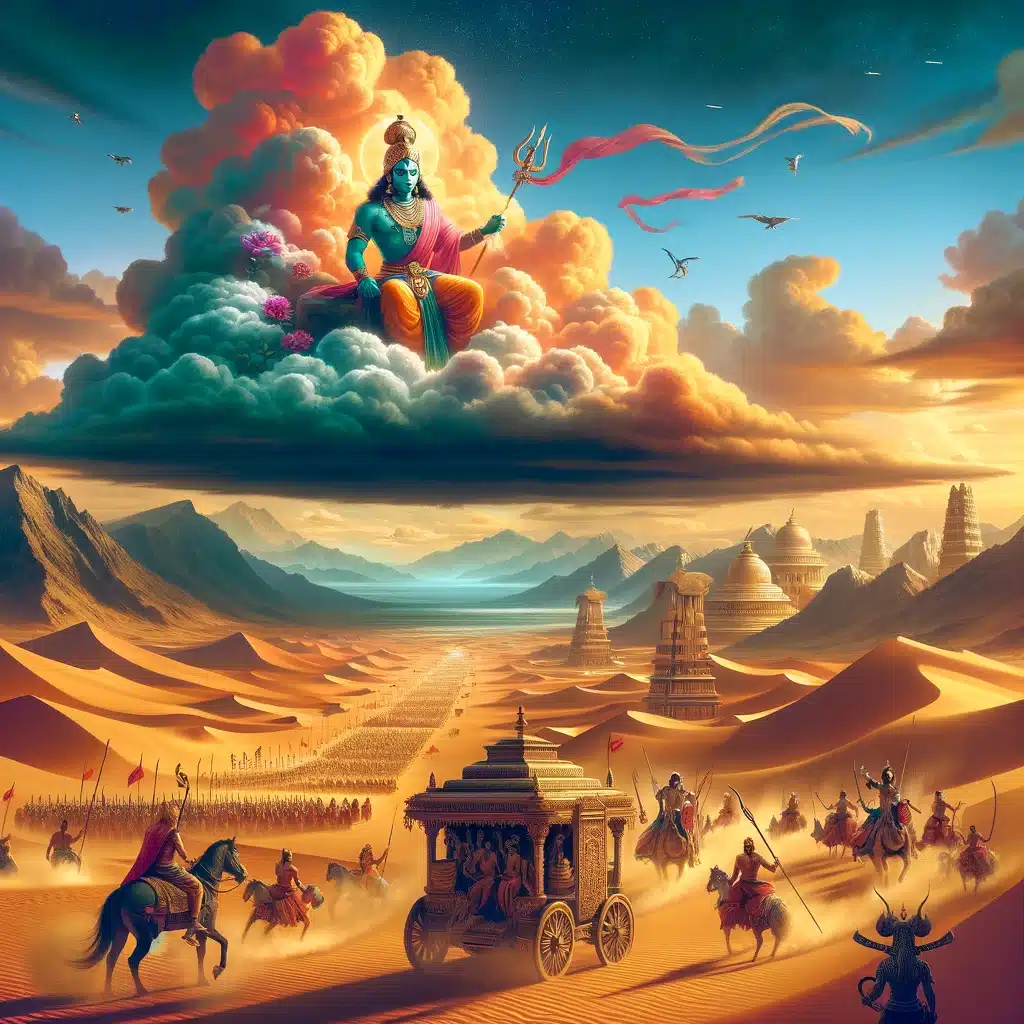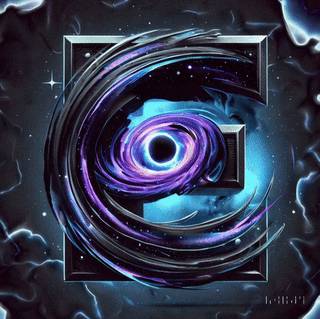
The Mahabharata is one of the two major epic stories written in Sanskrit in ancient India, the other being the Ramayana. The main works contained in the Mahabharata are the Bhagavad Gita, an abbreviated Ramayana, the story of the princess Damayanti, and the Rishyashringa. The primary focus of the Mahabharata are the Purusarthas or four goals in life: Dharma – righteousness, Artha – prosperity, Kama – desire, and Moksha – spiritual liberation. Vyasa is the attributed author and is also a character in the work, though much of the information about his life conflicts with the work itself (many believe that the origins of the stories were written in about 800 BCE while the texts claim him to have lived from 3000-1500 BCE. He is also immortal according to Hindu legend and an avatar of Vishnu, meaning that he is still considered to be alive.
The Mahabharata is an extremely long work and is known as the longest epic poem with over 200,000 verses. There are over 1.8 million words in the epic, roughly ten times the size of the Odyssey and the Iliad combined. Ganesha, the god of unblocking obstacles, was said to have written the epic as long as Vyasa did not stop his dictation; Vyasa agreed to dictate under the condition that Ganesha must understand each verse as it was written. Many scholars compare its world-wide importance to Shakespeare, the Bible, the Qur’an, and the greek epics.
The story depicts a struggle for power amongst several dynasties. The climax occurs with the battle of Kurukshetra where the Pandavas, five brothers married to the same woman, were victorious over the Kauravas, their cousins. The epic ends with the death of Krishna, the coming of the fourth age where man degenerates from duty and morality. This is recognized as one of the first theories of a just war, which would be later debated around the world for centuries. This continues today with articles like the Geneva convention and the just war theory of the Vatican.
The story is quite long and detailed. This long, exhaustive religious and philosophical text led to some of the biggest advancements in society in the ancient world. It undoubtedly trickles down into our world today, influencing us in the way we view the world. My favorite part of the story is the battle with Arjuna also known as the Bhagavad Gita where Krishna explains the ways of yoga and detachment. The Mahabharata is long, fragmented, and disorganized, but the lessons from the stories are timeless and the themes are apparent even in today’s culture.
